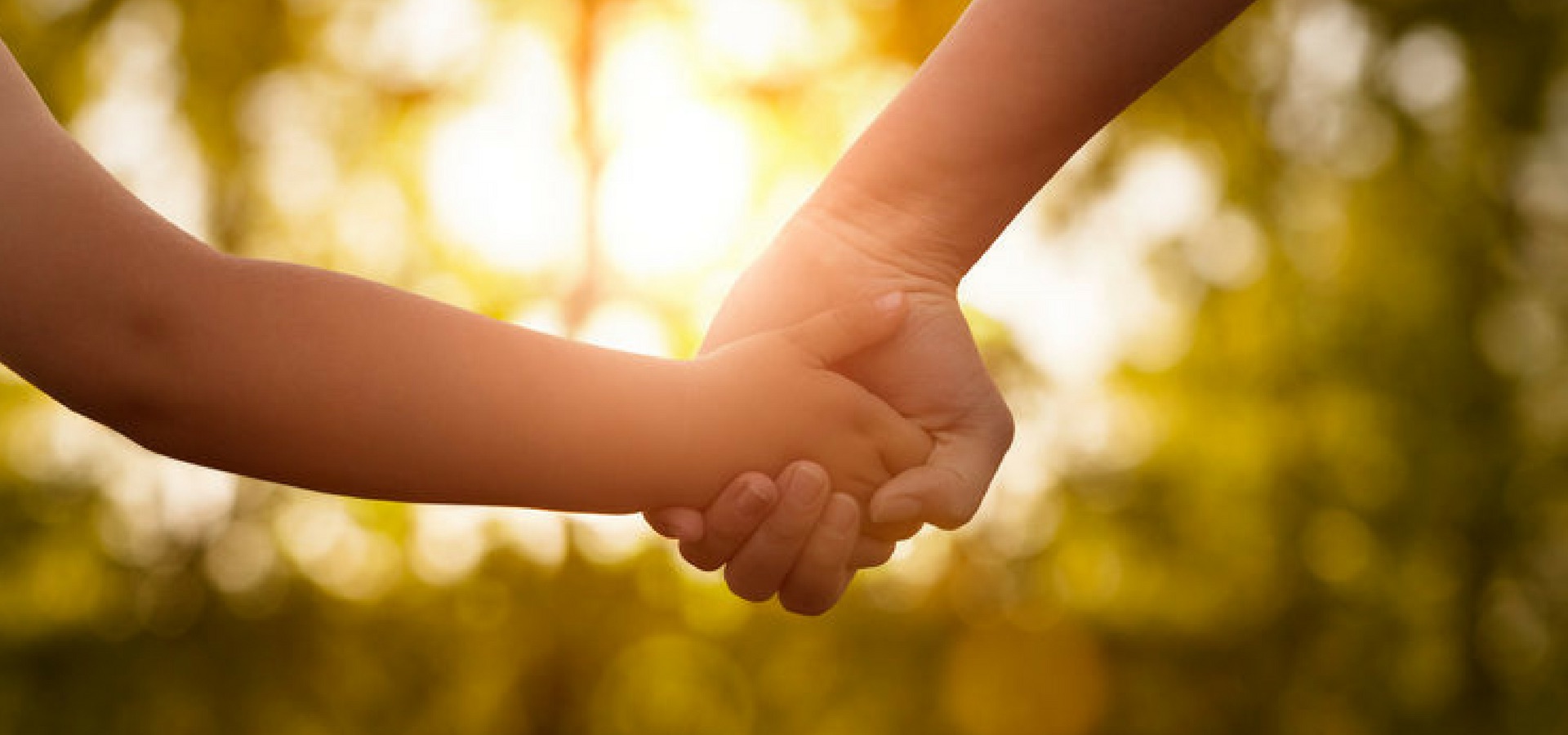What has always interested me most about bullying is who is bullying the bully? Bullying is never just a cut and dried case of this child here is the bully and that child there is the victim. In fact, it is very much a group dynamic. In 90% of cases of bullying you will find other children either standing by and not doing anything to help the ‘victim’ or actively participating in the bullying along with the ‘ringleader’ of the problem. And in almost all cases you will find that the one leading the bullying has also been bullied, either at school by other kids at a different time, or by a parent or teacher or other adult in their lives.
Hurt children hurt children.
Because this is a group dynamic and involves so many levels of victimhood, it is best dealt with as a group. One of the best examples that I have seen of this working effectively was a documentary I watched on a Japanese school teacher. In every case of bullying he halted all his lessons and brought in a group intervention. Every child in the class was expected to participate and they focused on how each one was feeling. He looked at how the victim felt having been bullied, how those watching or participating felt, how the bully felt about doing the bullying and about hearing how the victim felt. He got the bullies to think back to a time when they had been treated like the victim and how they felt then. He got the kids to dig really deep about what was going on and the causes for their own behaviour. He got the group to find group cohesion again – to find unity as a class so that no-one was an outsider worthy of being treated differently. He helped them to find that place where we are all human and we all share a common humanity through the way that we feel.
Hurt children hurt children. When their pain is heard and acknowledged it is more likely to heal.
It was moving to watch and reminded me of a similar intervention process that was introduced years ago to Australian prisons. In this case the criminals and their victims (or families of the victims in the case where the victim had been killed) met for mediated sessions where the victims could explain to the criminals how their actions had affected them and in all the ways that their lives had been upset; the emotional and physical and financial implications etc. And the criminals were given the opportunity to give their side of the story – what their life had been like to bring them to the point of that crime. It was incredible to see the level of healing and the amazing results the prison system had with reducing recidivism.
Hurt people hurt people.
If we can get behind the hurt, then instead of just punishing the offenders and consoling the victims, we can start a dialogue of change and reconciliation. We may even find victims comforting the bullies. It has been known to happen. Is this not a more healing and ultimately more sustainable solution to this very human problem? Hurt children (and adults) hurt because they don’t have the skills or understanding to work through their own pain and past experiences. What they need is guidance, from someone who has the relevant skills, the patience and the understanding to see the situation from a greater perspective. Bullies and victims don’t need to be removed from each other, but brought together. With love and guidance. Without such intervention we create yet another cycle of pain. The chances of a victim becoming a bully in another situation or time are high. Hurt children hurt children.
I would like to see teachers and support staff trained in mediation and this becoming a standard part of school life. I think every class could halt their lessons of maths, language and sciences to take a day here and there to teach these essential life skills. We need to remind our children about the power of their shared humanity. I’m sure we can turn this around. I’m also sure that healed children will heal children.
We understand that there are many aspects that encompass a Mother, Father or Child and strive toward providing resources and services that accommodates this.
Our content is aimed to inform and educate families on issues starting from pregnancy through to the challenges of the teen-age years.
- Tiny Toons Looniversity Returns: Meet the Voice Behind Plucky and Hamton! - December 12, 2025
- From Pain to Possibility: Panado®’s New Marketing Campaign, Highlights The Joy Of Pain Relief - December 10, 2025
- Feeding Unicorns by Jeni-Anne Campbell: A bold new book for business leaders who care - December 9, 2025






1 thought on “Hurt Children… Hurt Children”
I agree that school coucillors need to be trained how to deal with such children. My oldest daughter was bullied in Gr 7 and as a result she now suffers from Severe Anxiety and Selective Mutism( she do not talk in class). I explained everything to the current school councillor(she is Gr10 Now) and this woman worked with her for 2 years but do not know what or how to deal with children who suffers from those conditions. I was not impressed with how she dealt with my daughter and never informed her teachers why she is the way she is. My last meeting with her left me thinking of her as a prison warden who do not have any empthy or skill to work with kids who has been bullied.She made me feel that my child is not wanted at the school. I even told the school principal that I do not want her working with my daughter anymore. My daughter is also under psychologist and psychiatrist treatment.